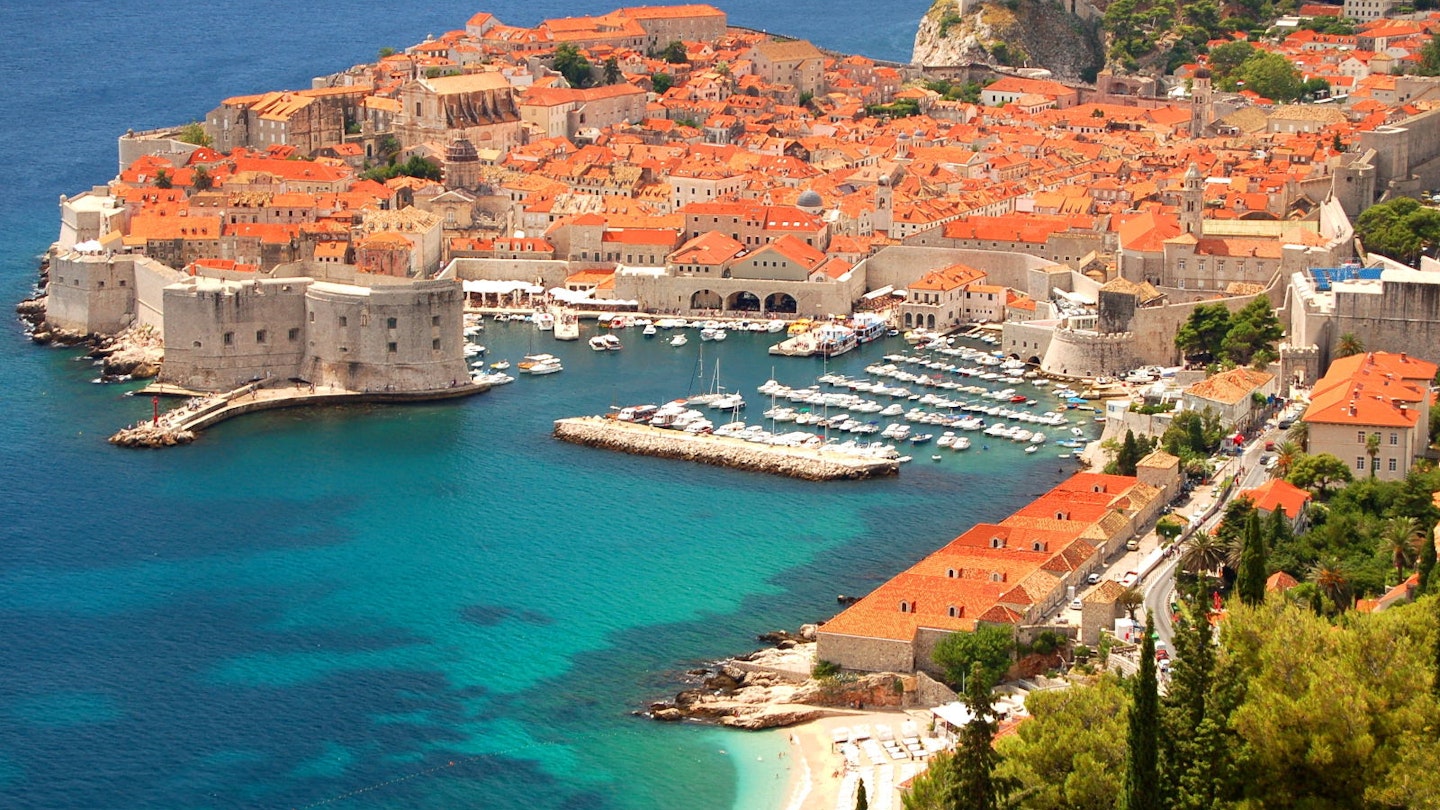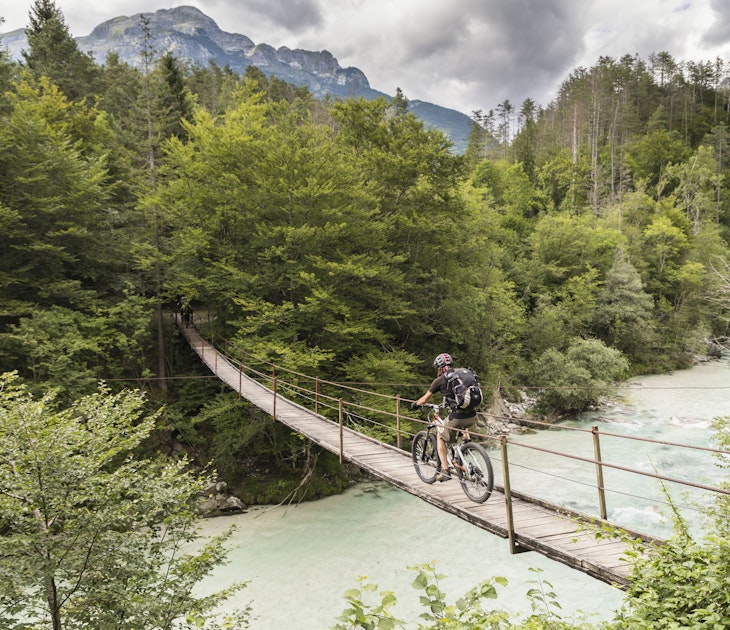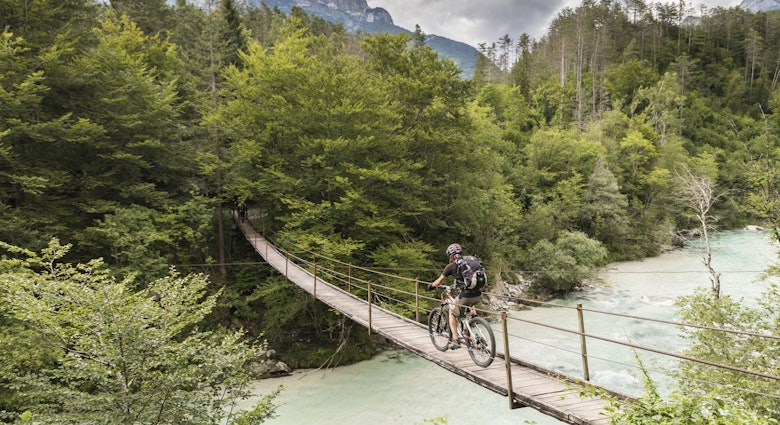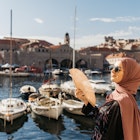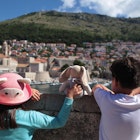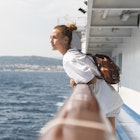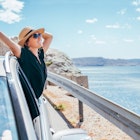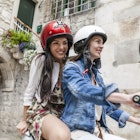Our peloton of 12 cyclists snaked through a tangle of alleys past the walls of Dubrovnik. The city was full of morning innocence and rare silence. Buses, soon to be toting throngs of selfie-stick-wielding cruise ship travellers to the ancient ramparts, sat idle in the harbour. Sunlight, suspended in the morning dew, clung to the limestone towers and bastions that have guarded the city-state, now Croatia’s calling card, for a millennium.
At the top of the first climb, we stopped on a cliffside road out of town to stare down at the postcard version of the fortified ‘Pearl of the Adriatic’ jutting from the mainland into the sea – surreal in its familiarity, like seeing a movie star in line at the grocery store.
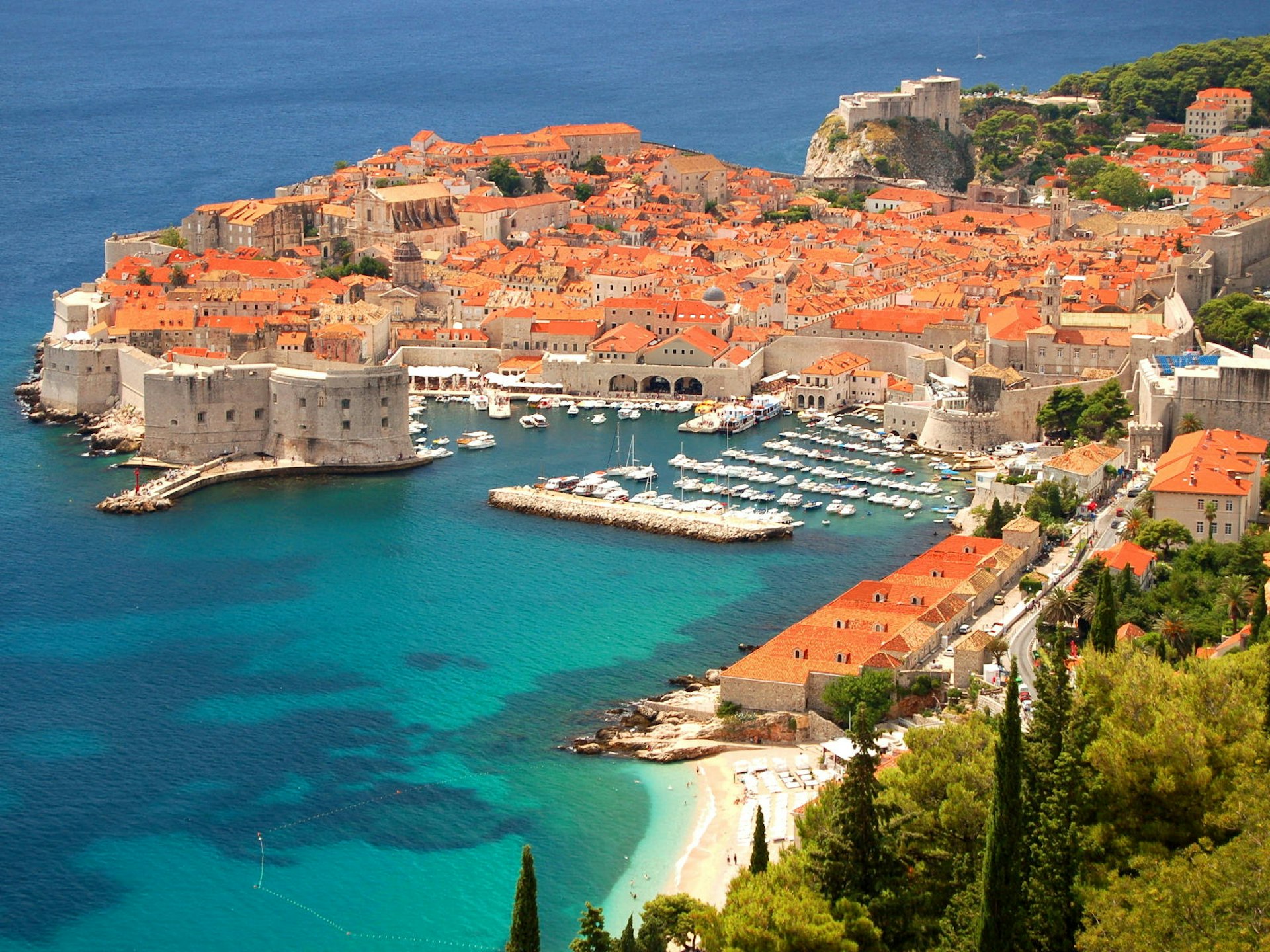
As we nosed onto the Jadranska Magistrala, or Adriatic Highway, our snake spun back into formation. We were one hour into an inaugural three-day, four-country ride dubbed the Via Balkanica (youtube.com). The route would include stages averaging 160km and roll down the southern tip of Croatia before traversing Montenegro, dropping into Albania and ending on the shores of North Macedonia’s Lake Ohrid. For most of the cyclists – tour operators from around the globe who had come to learn about this swathe of southeastern Europe – leaving Dubrovnik meant heading into the unknown. From here the journey would run south before taking a hard left through the mountains and into the heart of the Western Balkans.
One of the two organisers of this first-time ride, Tomislav Ćorić from Croatia, rode at the front of the pack. He put a hand on my shoulder as I pedalled beside him. ‘Cycling is an easy way to travel between countries,’ said Ćorić, the founder and managing director of Viator Travel Dubrovnik (dubrovnikviator.com). ‘There’s huge potential for adventure tourism here. The region is diverse – in culture, history, food – but one of the main messages we want to send is that this area of Europe is completely safe.’
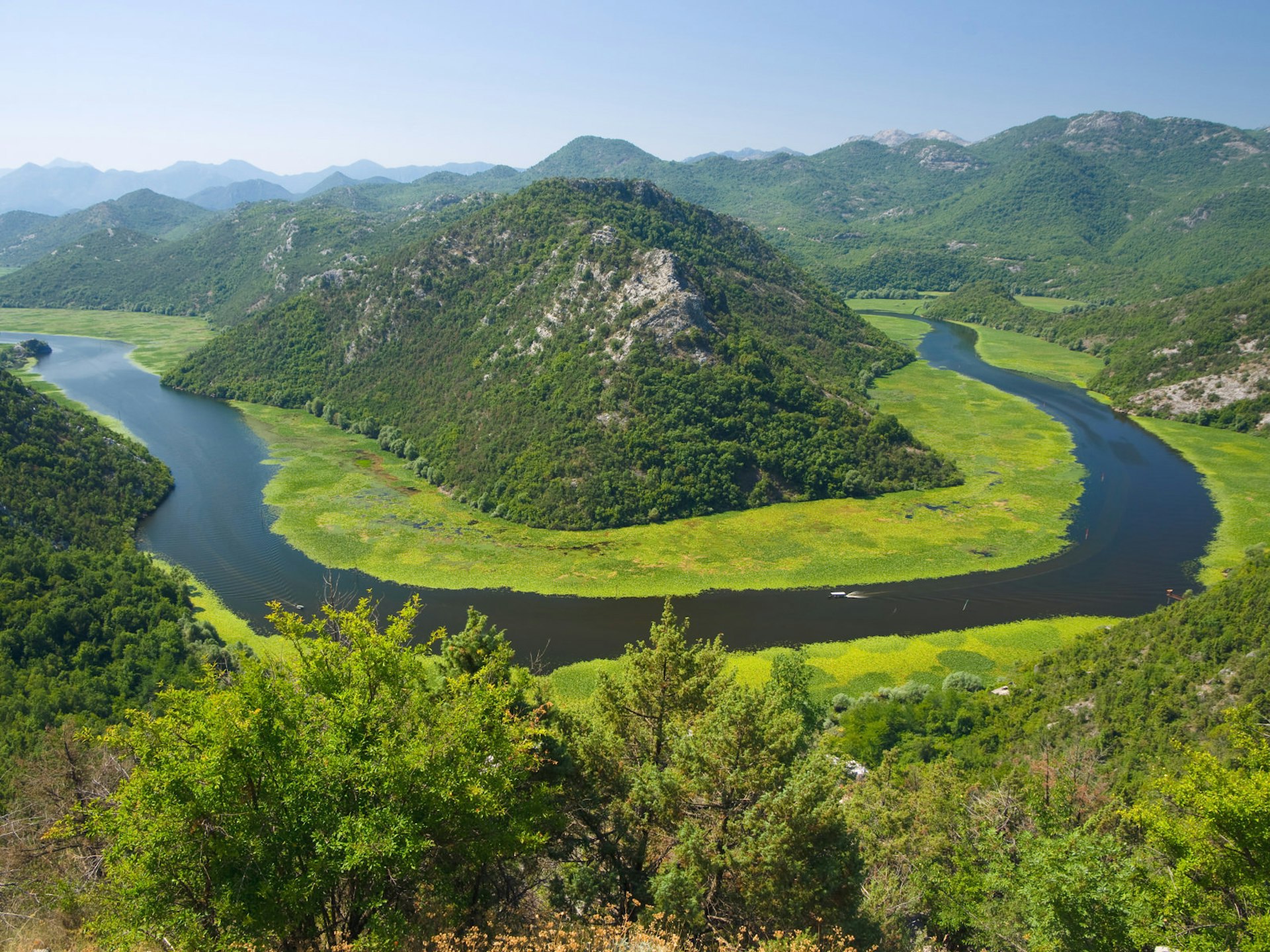
A day earlier I’d caught a ride to Dubrovnik from Bosnia & Hercegovina with the trip’s other organiser, Thierry Joubert, director of Sarajevo-based adventure tourism company Green Visions (greenvisions.ba). We drove along the Dinaric Alps, the mountain range rippling through much of the Western Balkans.
‘There are a lot of reasons for this trip,’ said Joubert as he switched the ignition off and waited for a herd of sheep to plod across the road under snowcapped peaks. ‘First, we’ve invited colleagues and friends from Canada, America, England, France, Italy and Spain because we want to have fun. But we also want those we work with – and people new to the region – to get excited about the Balkans the way we are.’ The shepherd looked at us through the windshield, shrugged, and slumbered alongside his herd. ‘I mean, look at this place; this is virgin territory.’
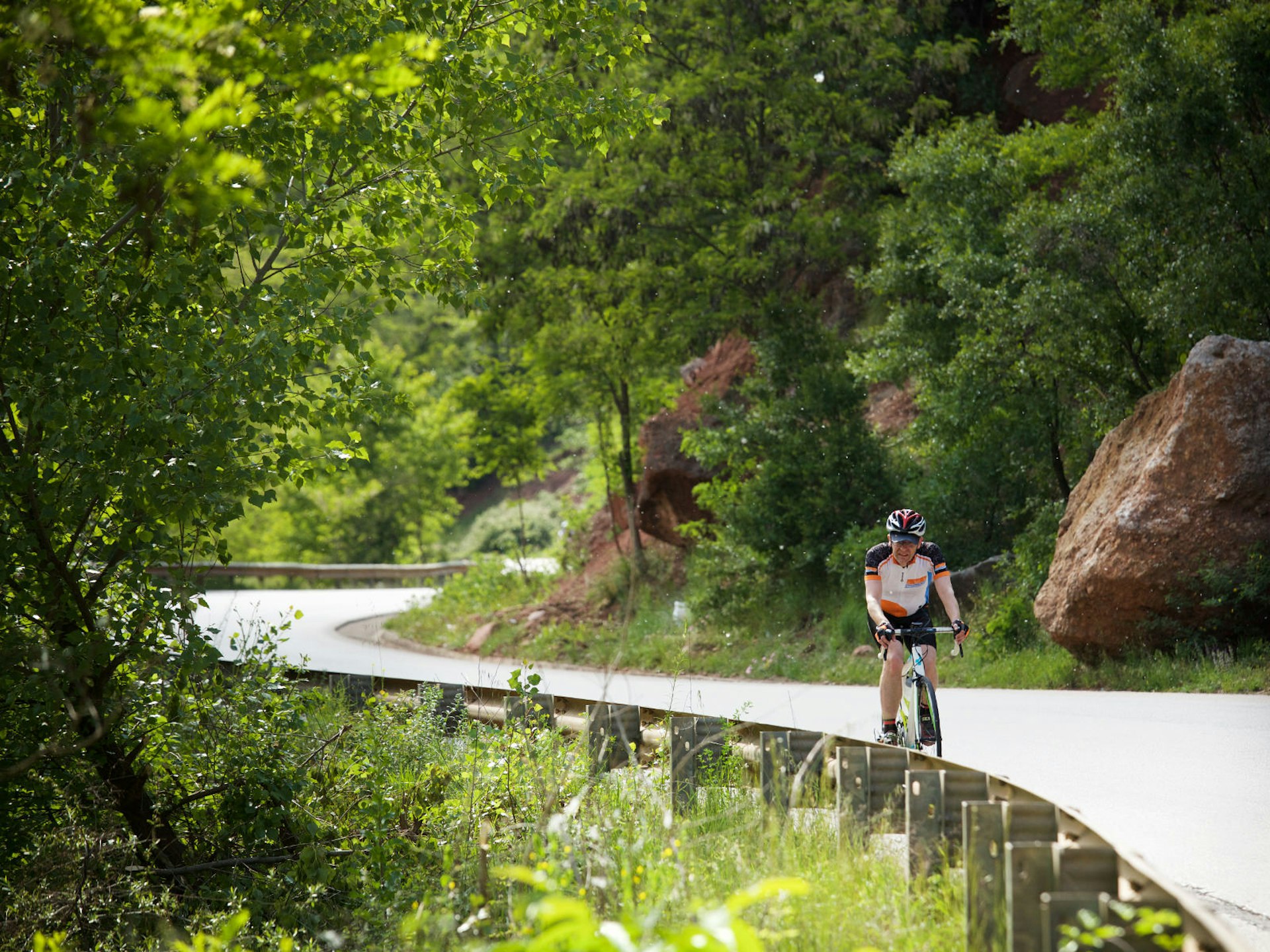
We rolled through the southernmost stretch of Croatia called Konavle, an expanse shoehorned between craggy mountains and the coast and brimming with vineyards. Approaching the Montenegrin border, our 12-headed, 24-wheeled unit was surrounded by automobiles. We walked with our bikes, naked to the elements, to passport control and pushed our documents through the window.
‘What are you doing?’ a women rolled down her window and asked. ‘We’re riding to Macedonia. You want to join?’ She shook her head, tsked, and laughed. ‘You know, there are many hills from here to there.’

The sea framed our ride for the length of Montenegro. After 135km and a total ascent of 2200m, we drank beer in the dining room of Hotel Haus Freiburg (hotelhausfreiburg.me) in Ulcinj, watching the sun set into the Adriatic through bay windows. ‘I’m already convinced this will be a great place for future tours,’ said Massimo De Laurentiis, the Director of European Operations for Ciclismo Classico (ciclismoclassico.com), which runs trips across Europe and the Americas. De Laurentiis, who lives in Rome, was making his first foray into the Balkans. ‘It’s amazing to think how few people have experienced this part of Europe.’
Ignoring sore legs, the group cycled out of Montenegro the next day. In the shadow of the Albanian Alps, we passed Lake Skadar, which straddles the border, then mashed pedals through undulating countryside to the Albanian capital Tirana. Our finish line, after notching 175km and climbing 1600m, was Uka Farm (facebook.com/ukafarm). The two-hectare compound includes a vineyard, a farm stuffed with fruits and vegetables, and a restaurant to serve dishes plucked straight from the vine.
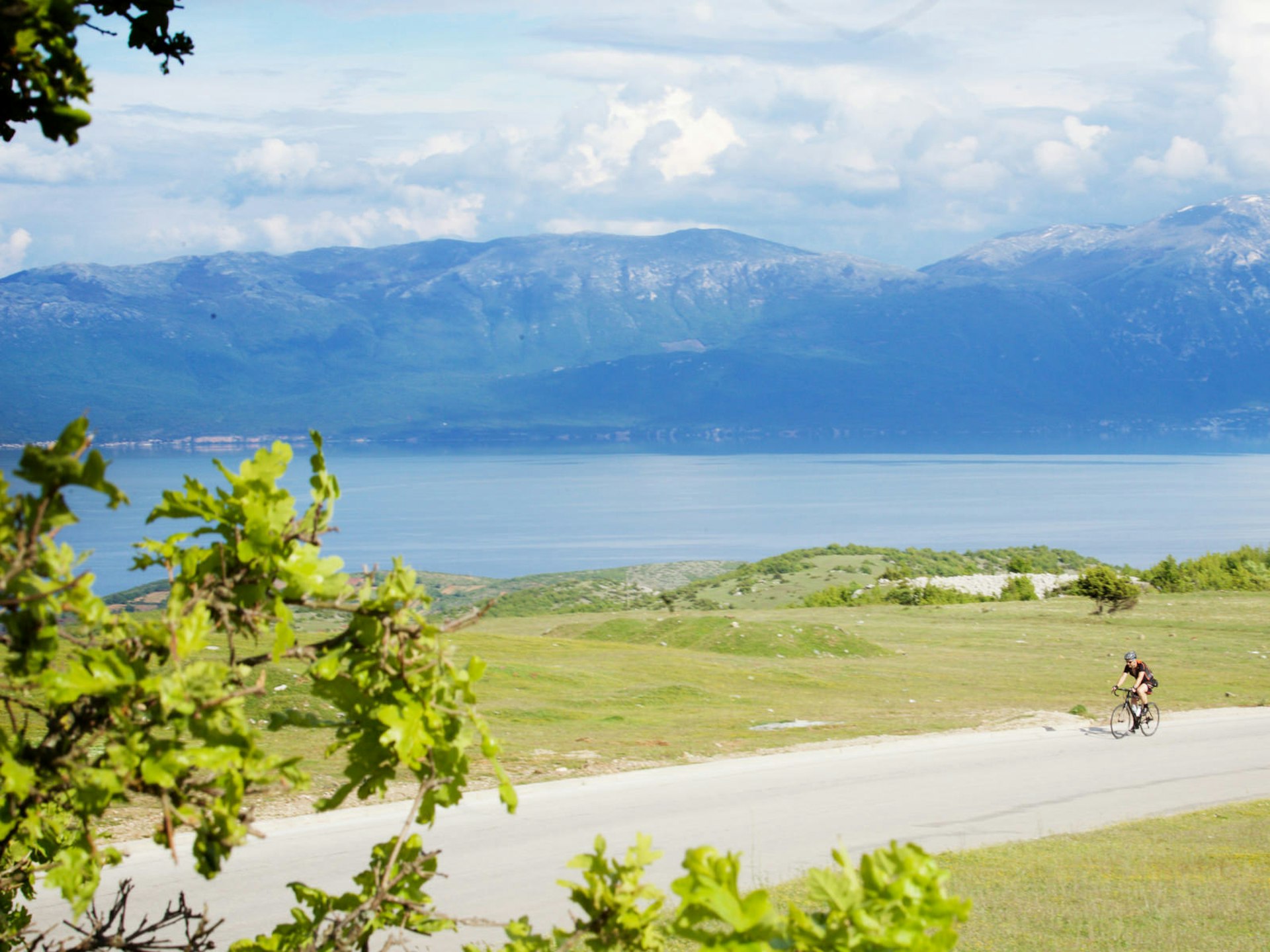
As we strolled through the farm, Gent Mati, the owner of adventure outfitter Outdoor Albania (outdooralbania.com) which hosted the team in Tirana, walked beside me. ‘It’s good that people get a real feel of the Balkans which often differs from the media creation.’
On the final day the route headed east, through central Albania and into pastoral serenity. Our ribbon of blacktop, the longest and steepest so far (180km with 3000m of elevation gain), hugged rolling hills and patches of land, where barefoot families busily pitchforked hay into conical stacks. Following a lunch of baked lamb, the group set off for the final 40km push and a sustained 15km climb at a 10% pitch to the Macedonian border.
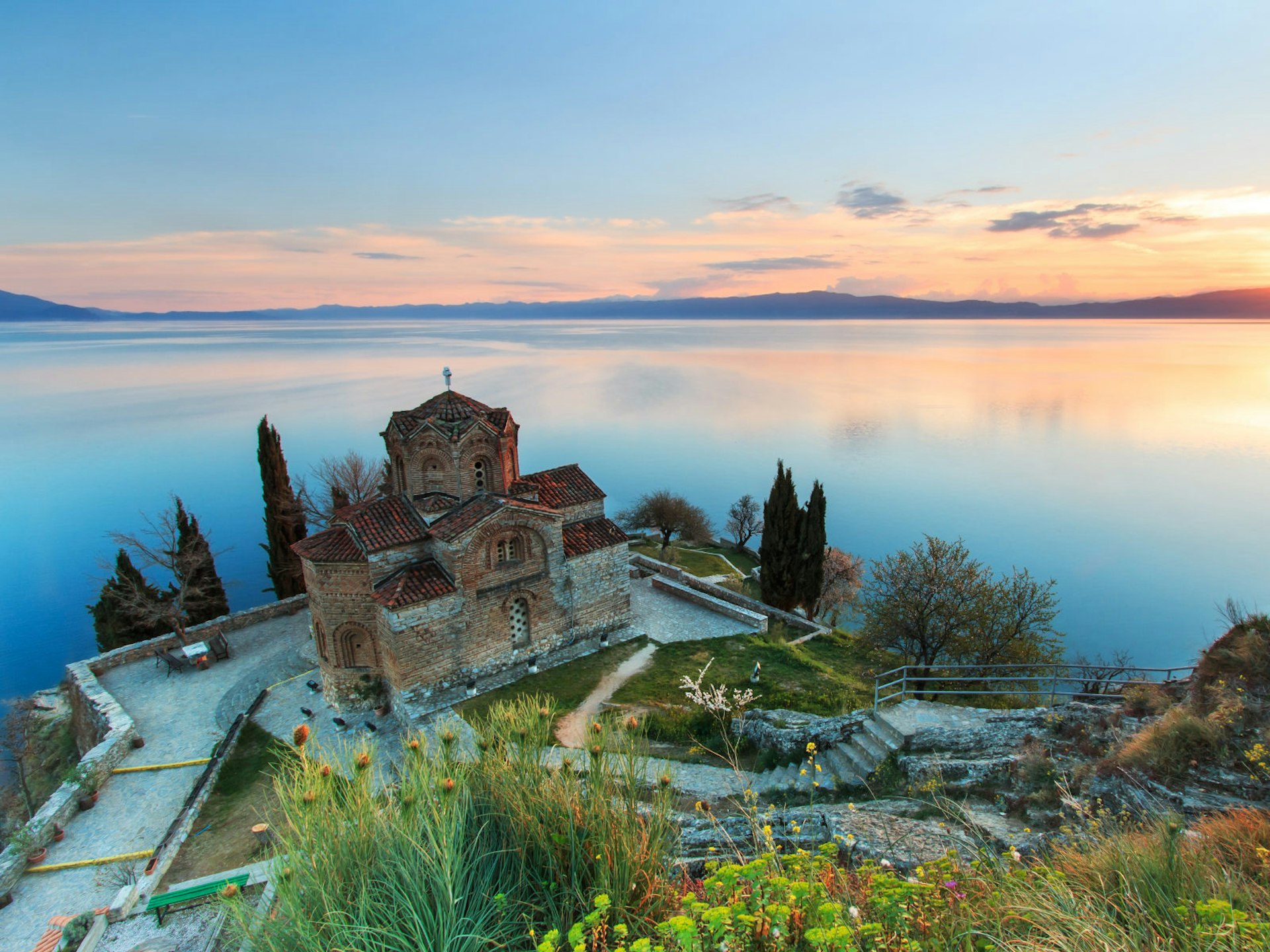
After cresting, the peloton snaked again as it had three days earlier. This time, the formation headed downhill through a tangle of streets and villages to Lake Ohrid, a tectonic lake 34km long, 300m deep and some three-million-years-old. The Ohrid valley – a Unesco-listed natural and cultural heritage site with hundreds of endemic species and excavated basilicas dating back 16 centuries – shone like a trophy, polished and waiting at the bottom of one final, sharp descent.
Over dinner in a shoreside restaurant, we celebrated with plates of grilled fish served with roasted peppers and eggplant, blocks of cheese and carafes of Macedonian wine. I sat with Jim Johnson, president of US-based BikeTours.com (biketours.com). ‘After several Balkan tours,’ said Johnson, ‘this trip cemented, for me, the region’s potential as the next great cycle destination.’ We clinked glasses. A waxing sliver of crescent moon hung above the lake.

